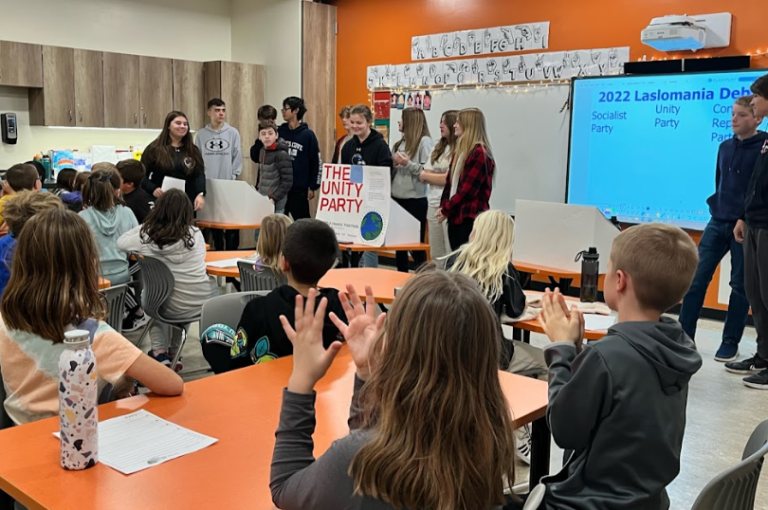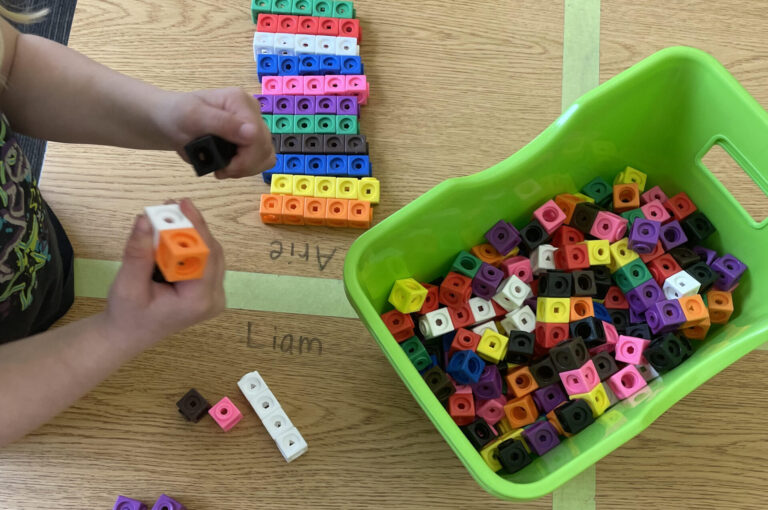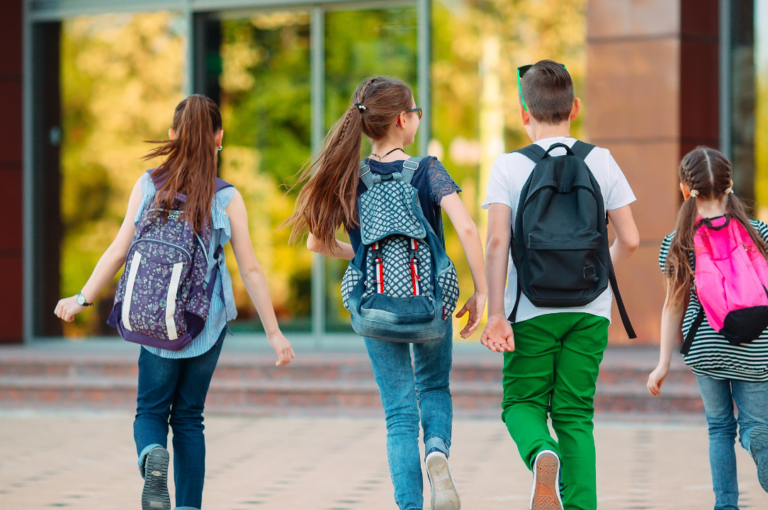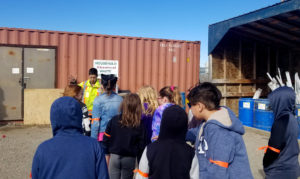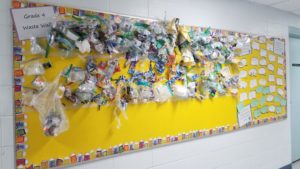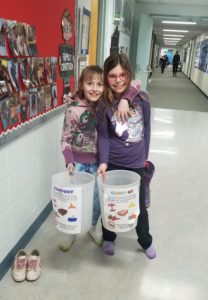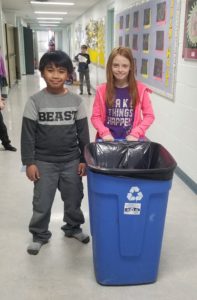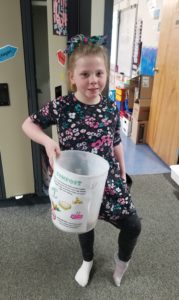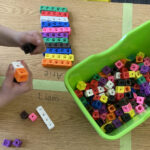Don’t throw the baby out with the bathwater! There are gems of Powerful Learning in your units and lessons, so scrub the dirt off first.
1. Start With What You Have, Set Goals, and Tweak
Do you have a unit that you know is engaging but just seems to be missing something? For Katie, it was her Waste In Our World science unit. Students thought it was boring and they didn’t seem to care. Katie and her Professional Learning Community (PLC) discussed her concerns and set a goal of making this unit more relevant for students with more hands-on learning.
2. Connect With Experts
In our modern digital world, there are many ways to connect with experts (teachers, community members, professionals and more). Katie and her group reached out to teachers in Alberta who have taught the unit with hopes of gaining ideas around improving Waste in our World. They also connected with The Critical Thinking Consortium and one of their consultants, Wally Diefenthaler, to help them infuse critical thinking throughout their unit.
3. Hook The Students’ Curiosity
Student engagement starts with student investment and curiosity as one way to increase engagement. The Waste Wall dazzled the Grade 4 students and left other students in the school in awe. Their curiosity was piqued and they all wanted to know what this project was about, and why the garbage kept building.
4. Include an Authentic Task
The waste wall provided a visual representation of the garbage produced each week and inspired the students to reduce waste. Students had a purpose for their learning and were challenged to recycle and reduce waste. Each of the subsequent lessons connected back to the primary challenge which held students’ interest in what they were learning. This hands-on engagement helped students realize they were directly impacting the world.
5. Allow for Student Ownership
Once the students’ curiosity was fostered about the amount of garbage they created, they became invested and cared about the solution. Students, through research and collaboration, came up with ideas on how they could reduce the amount of garbage they produced on a daily basis. Originally, Katie and her group didn’t know the scope of this project, and when students started asking about ways they could inform others about the issue of waste in our world the teachers let these students take charge. They became leaders in their families, class, school, and communities about reducing garbage.

